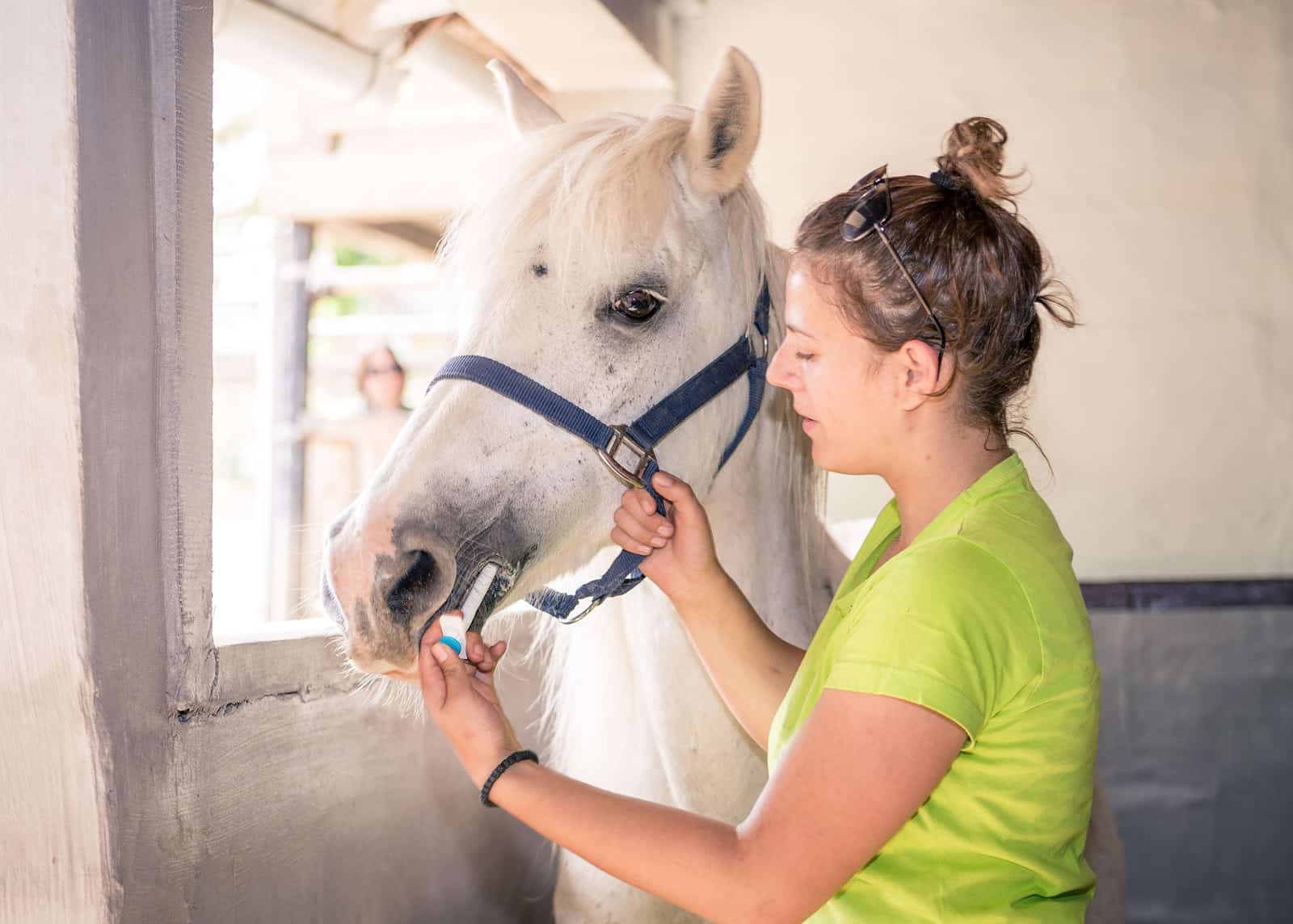How Phenylbutazone, Firocoxib Affect Horses’ Gut Microbiota

So Canaan Whitfield-Cargile, DVM, PhD, Dipl. ACVS, ACVSMR, and a team of researchers from the Texas A&M University’s College of Veterinary Medicine and Biomedical Sciences conducted a study to compare the effects of the COX-2 selective NSAID, firocoxib, and the nonselective NSAID phenylbutazone on fecal microbiota composition and diversity in adult horses. They presented their results at the 2017 American Association of Equine Practitioners convention, held Nov. 17-21 in San Antonio, Texas.
First, let’s review how NSAIDs work. These drugs reduce prostaglandin (chemicals that can promote inflammation, pain, and fever) production in the body. Not all prostaglandins, however, are bad. Some protect the gastric lining from damage caused by stomach acid and promote blood clotting by activating platelets.
Prostaglandins are produced by enzymes called cyclooxygenases (COX), of which there are two main types: COX-1 and COX-2. COX-1 helps protect the GI tract lining by promoting mucous production and blood flow. COX-2, on the other hand, is upregulated under certain circumstances and is responsible for production of prostaglandins associated with inflammation, resulting in clinical signs such as pain, swelling, and fever
Create a free account with TheHorse.com to view this content.
TheHorse.com is home to thousands of free articles about horse health care. In order to access some of our exclusive free content, you must be signed into TheHorse.com.
Start your free account today!
Already have an account?
and continue reading.

Written by:
Clair Thunes, PhD
Related Articles
Stay on top of the most recent Horse Health news with















